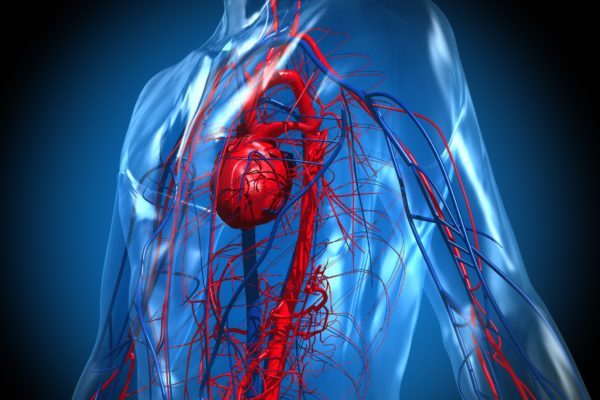
Contactgroep Myeloom en Waldenström Patiënten (CMP) Vlaanderen
Waldenström disease (also called Waldenström macroglobulinemia, or lymphoplasmacytic lymphoma) is a type of non-Hodgkin lymphoma. This cancer is characterised by an uncontrolled growth of a specific type of white blood cells (B lymphocytes), an important compound of the immune system, in the bone marrow. These aberrant B lymphocytes mature and accumulate in the bone marrow, the liver, and the spleen. The production of normal healthy cells will be inhibited, possibly leading to anaemia.
Some of the cancer cells make large amounts of a certain type of protein, called M protein (an IgM antibody). When abnormal amounts of this protein accumulate in the blood, the amount of normal antibodies in the blood can be reduced and bleeding can occur. Moreover, large amounts of the M-protein can make the blood thicker (hyperviscosity), which makes it difficult for the organs and tissues of the body to function properly. In some cases the M-protein is not produced properly, but in small, incomplete fractions. When these fractions are found in urine, they are called called Bence Jones proteins, or free light chains when found in the blood.
Waldenström disease was named after the Swedisch oncologist Jan Waldenström who reported two patients in 1944. Waldenström is an indolent lymphoma, indicating that the disease is a slow-growing blood cancer. In the Netherlands, about 150 individuals every year get Waldenström disease, more men than women. The mean age at diagnosis is 60 years. Waldenström is, after multiple myeloma, the second most frequent malignant disease in which plasma cells produce an aberrant M protein.
The course of Waldenström disease is slow in most patients. Consequently, it takes a while before symptoms appear. The disease is slowly progressive, which means that the gravity of the disease gradually increases. The most common symptoms are typically the same as those of other forms of non-Hodgkin lymphoma: weight loss, loss of appetite, fever, night sweats, swollen lymph nodes.
During the course of the disease, more lymphocytes accumulate in the bone marrow, liver, and spleen. As a consequence, the production of healthy red blood cells, white blood cells and blood platelets will be disrupted. Symptoms of a deficiency of red and white blood cells and blood platelets are:
The aberrant amount of M protein can make the blood viscous (thick). This is called hyperviscosity, and can result in a reduced blood supply to the organs. Symptoms of a reduced blood flow are:
In about 20% of patients, Waldenström disease affects the nerves. This so called neuropathy often starts at the far end of the long nerves: at the toes and finger tips. The main symptoms of neuropathy are:
The cause of this disease is unknown.
Waldenström disease is diagnosed after a physical examination and other tests:
Radiological examination/CT scan or ultrasound scan for enlarged lymph nodes.
Waldenström disease is treatable, however, full recovery is not possible from this the disease. Given the slow-growing nature of this disease, observation is typically warranted. When complaints detoriate, the following treatments are available:





